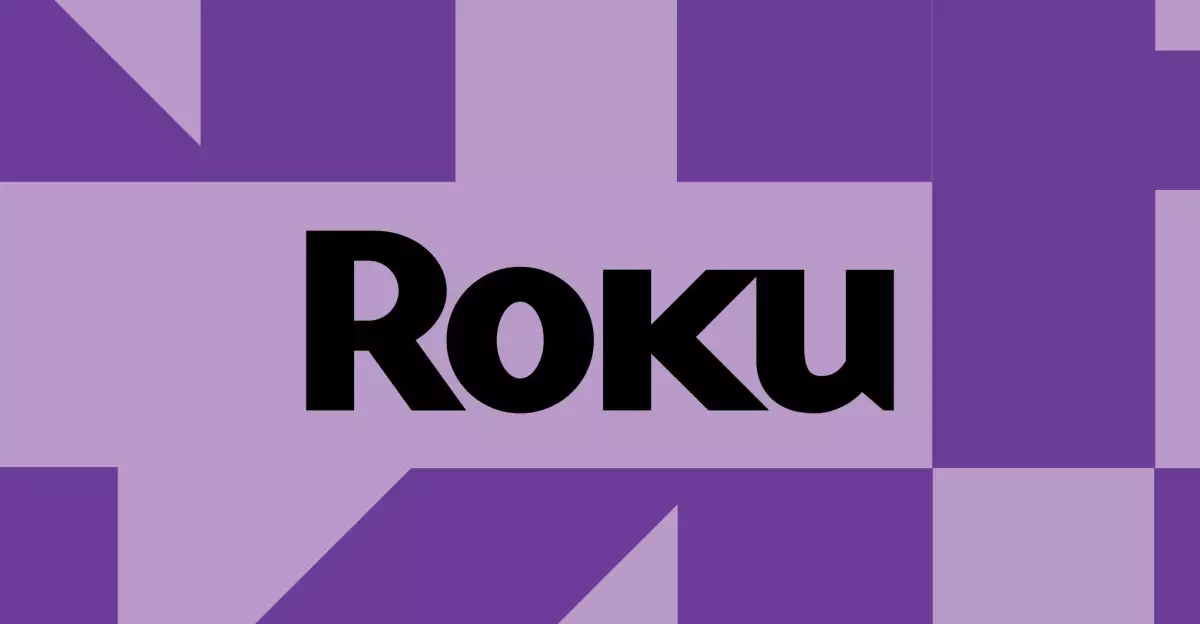Roku’s reputation as a leading platform for streaming content faces an unexpected challenge after a recent software update introduced a significant flaw in its High Dynamic Range (HDR) functionality. Users have begun reporting washed-out colors while streaming from popular services, particularly Disney Plus. The concern has escalated as feedback suggests the issue extends across various apps on Roku devices, indicating a more systemic problem rather than a localized glitch.
Hailing from the tech and entertainment sector, Wes Davis, an editor and journalist, has dived into this developing situation to unravel the layers behind it. The core of the issue seems to commence with the software update that, rather ironically, was meant to enhance user experience but has inadvertently muddled the vividness of HDR visuals, reducing them to a disappointing grayish hue.
User Experiences and Reports
The response from the community has been swift, with users flocking to forums and issue tracking boards to share their grievances. A community moderator, RokuEmmanuel-D, acknowledged the burgeoning reports and called for detailed user feedback, emphasizing the need for specifications such as TV model, software version, and examples of affected content. This open dialogue indicates that Roku is aware of the gravity of the situation and is keen to address it.
Initial reports primarily identified the issue within the Disney Plus app and were mainly noted among users with TCL televisions, where HDR content appeared stripped of its vibrant hues. One user posted comparative images of the Disney Plus show “Andor,” highlighting a stark difference in color quality where normally bright and captivating visuals devolved into dull shades. This distressing shift is not just limited to Disney Plus; other significant platforms including YouTube TV, Netflix, and Apple TV Plus have been implicated as well, although the situation appears to vary across different television brands, including Hisense.
Potential Causes and Implications
Diving deeper into the technical aspects, it’s essential to consider the interaction between the Roku software and the hardware of various televisions. Reports indicate that the issue is exacerbated in specific models running on Roku version 14.5, suggesting that the update may conflict with existing hardware capabilities or settings. Interestingly, users with HDR fixation through HDMI—from devices like PS5 or Blu-Ray players—report no such issues, indicating the flaw resides primarily within the Roku streaming interface rather than the televisions themselves.
The phenomenon of washed-out colors isn’t a new one within the HDR realm; it often occurs when the television’s brightness levels are insufficient to display HDR content properly. Many consumers, including those who previously owned lower-tier models, have encountered this problem. However, the present reports reveal a more concerning trend: the images produced seem to teeter on the edge of desaturation, resembling almost monochromatic tones. This not only detracts from the viewing experience but also raises questions about the quality control measures in the software deployment processes.
The Role of Audience Feedback
The overwhelming response from users signifies a collective frustration that shouldn’t be dismissed lightly by Roku. These individuals are more than just consumers; they are an integral part of the brand’s ecosystem, and their feedback could shape not only the immediate resolution of the issue but also the long-term trajectory of Roku’s software strategies. It’s evident that audience engagement will play a crucial role in addressing this pressing issue.
As Roku investigates these user-generated insights, it’s imperative for the company to not only prioritize fixing the color issues but also reinforce trust in their software update processes. The transparency shown by community moderators inviting detailed feedback is a positive step, but it must be part of a broader, sustained effort to ensure quality and reliability in future updates. Consumers have invested their time and resources into these platforms, and their experiences are shaping market perceptions.
Looking Toward Improvement
As an industry leader, Roku has the responsibility to uphold a certain standard of quality that meets user expectations. The ongoing HDR color crisis serves as a sharp reminder of the potential pitfalls of software updates in a fast-paced technological landscape. Exploring user experiences will not only aid in troubleshooting this issue but will also guide the company’s future actions in refining their HDR capabilities. The technological world is dynamic, and in this setting, ongoing communication and proactive solutions are essential to fostering user loyalty.


Leave a Reply